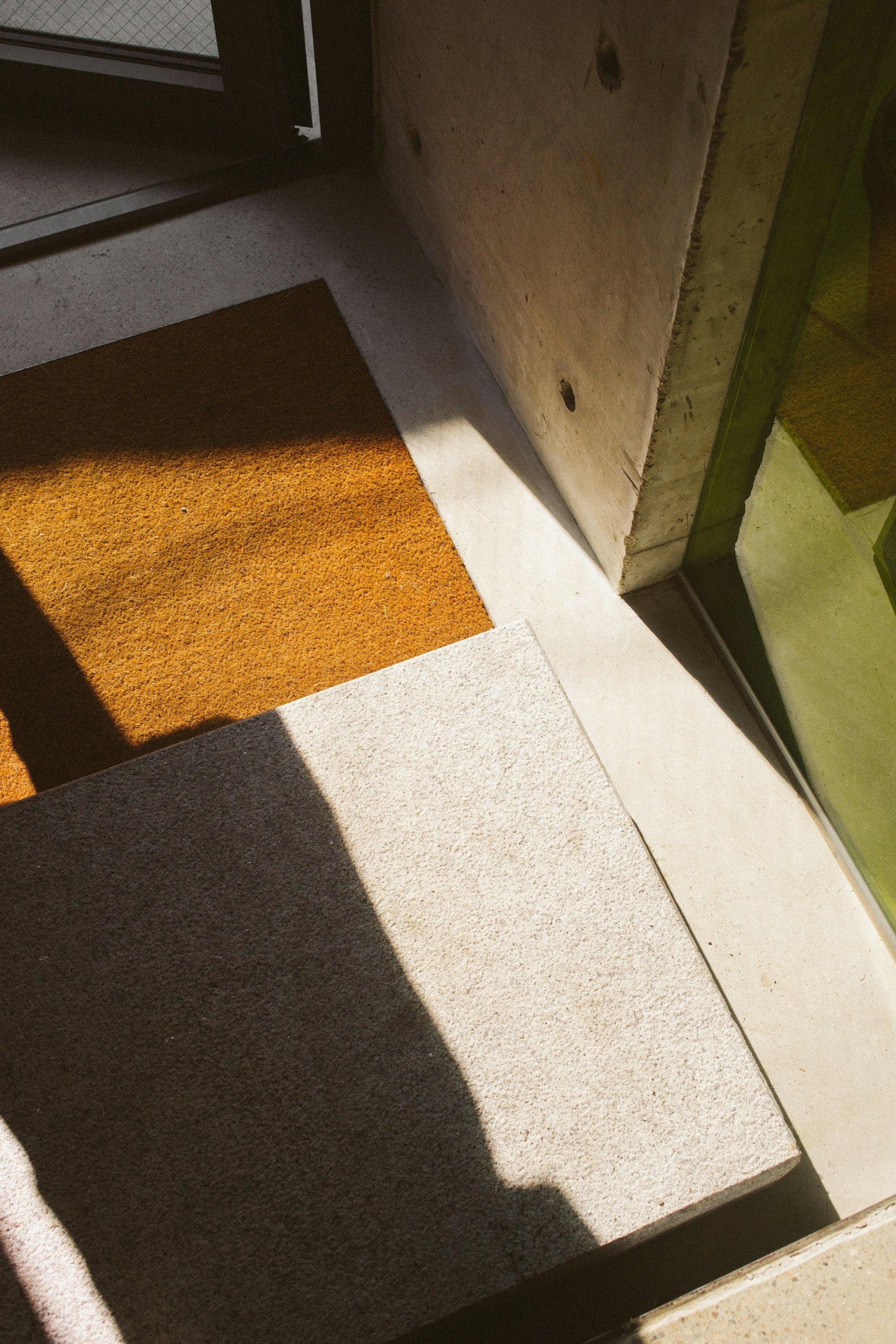Types of Carpet
Carpet types vary in pile height, fiber, and style, letting you choose the perfect option for comfort, durability, and aesthetics in every room.

Photo by charlesdeluvio
When selecting carpet for your home, it’s important to match the carpet’s characteristics with the function and feel you want in your space. Different rooms have different needs based on how they’re used and who spends time there. Whether you’re looking for something durable for a busy family room or a plush surface for a bedroom oasis, understanding the fundamentals will guide you toward the right choice.
If you’re also considering other flooring options, comparing materials can help you make an informed decision. For instance, you might explore the differences between porcelain vs ceramic tiles or learn more about vinyl vs laminate flooring to see how carpet stacks up in your home design plans.
Considerations for Each Room
Before choosing a carpet type, think about:
- Foot Traffic: High-traffic areas need more durable, easy-to-clean carpets.
- Users: Who uses the room? Pets, kids, and frequent visitors can influence your choice.
- Style & Décor: A home office might benefit from a statement pattern, while a family room might call for a neutral, flexible option.
- Room Size & Purpose: Some carpets are more cost-effective for large spaces, while others are well-suited for smaller rooms.
Tip: For stairs, consider a low-pile carpet that resists snagging, abrasion, and dirt.
Carpet Pile Height
Pile height refers to the length of the carpet fibers (excluding the backing). It affects how the carpet feels and how it stands up to wear and tear.
- Low Pile Carpet: Short, dense fibers that are easy to clean and handle dirt well—great for high-traffic or messy areas.
- Medium Pile Carpet: A balance of comfort and durability, suitable for living rooms and bedrooms.
- High Pile Carpet: Plush and luxurious underfoot, but collects more dust and debris—ideal for cozy, low-traffic areas.
Carpet Face Weight
Face weight is similar to thread count in bedding: higher generally means denser and possibly more durable fibers. However, only compare face weights within the same carpet type (e.g., two Berber samples) for an accurate measure of quality.
Carpet Fibers
Carpet fibers come in natural and synthetic varieties, each offering different benefits:
- Nylon: Durable, fade-resistant, and mildew-resistant. Great for homes with pets.
- Triexta: Similar look to nylon but softer. Naturally resists stains and moisture.
- Polyester: Resists stains and offers vibrant colors, but may fade in strong sunlight.
- Wool: Luxurious, durable, and natural, but requires careful cleaning and maintenance.
- Olefin: A budget-friendly, durable option for high-traffic areas.
Tip: Nylon often strikes the best balance of durability, stain resistance, and affordability for pet owners.
Carpet Styles
There are three main indoor carpet constructions:
- Texture (Twist) Carpet: Popular and soft, with two-toned yarn that resists dirt absorption. Ideal for family rooms and bedrooms.
- Berber (Loop) Carpet: Dense and durable with looped fibers. Stain-resistant and great for high-traffic spots like stairs and hallways, though pet claws can snag loops.
- Pattern Carpet: Combines cut and looped yarn for subtle patterns. Offers a sophisticated look suitable for bedrooms, offices, or living areas.
Tip: Even outdoor carpets can work indoors under certain circumstances, such as artificial turf in pet areas.
Carpet Padding
Padding under the carpet affects comfort, insulation, noise reduction, and carpet lifespan:
- Thicker Padding: Provides comfort and durability.
- Thinner Padding: Ideal for commercial areas or where firmer footing is necessary.
- Spill-Safe Barriers: Some pads have moisture barriers to help protect against spills.
Always check the manufacturer’s recommended pad thickness to prevent long-term damage, especially for looped carpets like Berber.
Tip: Carpet tiles typically don’t require a separate pad since they include integrated cushioning.
Final Thoughts
With a variety of fibers, piles, and constructions, there’s a type of carpet suited for every home and lifestyle. By considering the room’s purpose, traffic levels, and desired comfort, you can select carpeting that complements your home’s aesthetic and stands up to daily use. For measuring help or further information, consider using an online carpet calculator to ensure you purchase the right amount of flooring for a perfect fit.
Quick facts
What type of carpet is best?
The best type of carpet depends on your needs. For durability, nylon is ideal; for luxury, wool offers unmatched softness. Polyester is budget-friendly and stain-resistant.
What is considered high quality carpet?
High-quality carpet is typically made from materials like wool or nylon, features dense fiber construction, and has a high twist level for durability.
What kind of carpet is used in high-end homes?
High-end homes often use wool carpets for their natural elegance, durability, and luxurious feel. Silk-blend carpets are also common in luxury settings.
Is it worth buying expensive carpet?
Expensive carpet is worth it if you value durability, comfort, and aesthetics. High-quality materials like wool last longer and retain their appearance better over time.
What kind of carpet is best for a living room?
For living rooms, plush or cut-pile carpets are popular for comfort, while nylon or wool materials offer durability and stain resistance.
What is the best color for a lounge carpet?
Neutral tones like beige, gray, or taupe are versatile and timeless choices for a lounge carpet, complementing most decor styles.
Should carpet be lighter or darker than a couch?
Carpet can be lighter or darker than a couch depending on the desired contrast. Lighter carpets create a spacious feel, while darker ones hide stains better.
What type of carpet is best for a sunroom?
Indoor-outdoor carpet made of polypropylene is best for sunrooms due to its resistance to UV rays, moisture, and mildew.
What color carpet goes with everything for a living room?
Neutral colors like beige, gray, or taupe go with everything in a living room, offering flexibility for various decor styles.
What is the most comfortable carpet for living room?
Plush or frieze carpets are the most comfortable for living rooms due to their soft, thick pile and luxurious feel underfoot.
Is carpet in the living room a good idea?
Carpet in the living room is a good idea if you prioritize comfort, warmth, and sound insulation, though it may require more maintenance than hard flooring.

Pavan Jadhaw
Software Engineer at Spoken
Pavan is a Fullstack Engineer at Spoken. He's passionate about both software and mechanical engineering. When he's not coding, you’ll find him tinkering with his homeserver, working on his motorcycle, or building custom mechanical keyboards. He’s a fan of minimalistic and functional decor.
Read more

